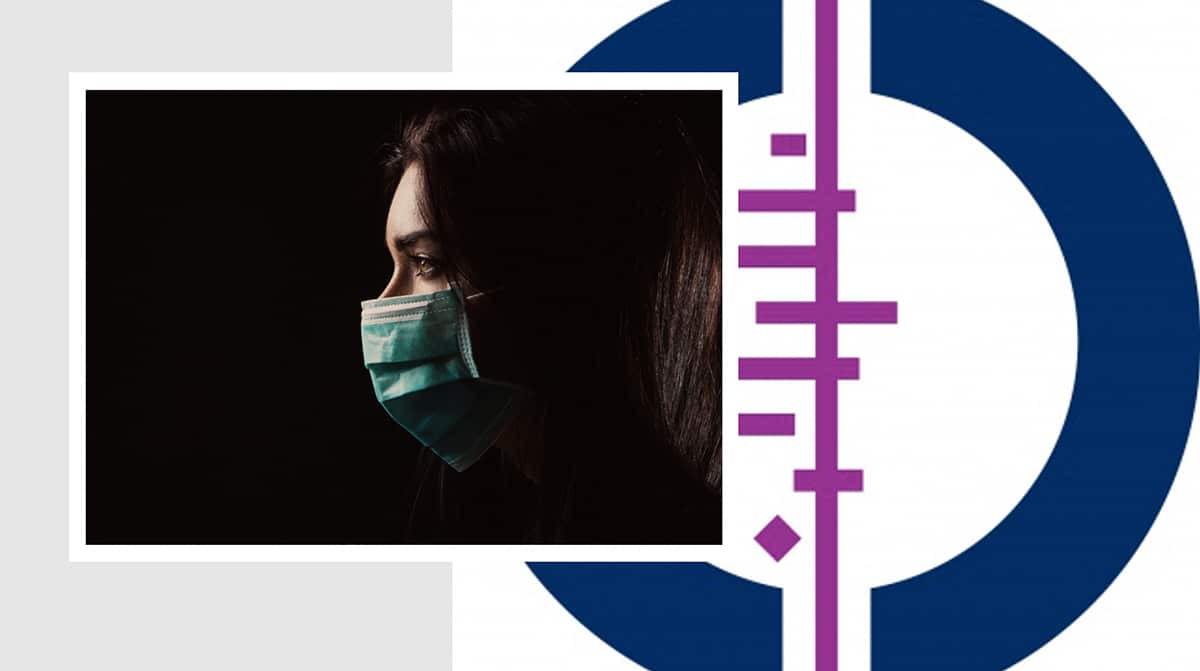

Still Open Season on Scientists
by Tom Jefferson Carl Heneghan | Mar 22, 2023
On 15 March, we reported how the Cochrane editorial hierarchy attempted to throw the authors of the review Physical Interventions to interrupt the spread of respiratory viruses (A122 for short) under a double-decker New York bus.
With no consultation with any of the review authors, on Friday, 10th March 2023, the Editor in Chief published a statement apparently spooked by “many commentators” misinterpreting the conclusions of the review and worried by claims about the study and that wording in the summary of the review “was open to misinterpretation, for which we apologize.” Note: this is their apology, not the authors’
The rest of the editorial hierarchy stated, “…we are engaging with the review authors with the aim of updating the PLS and abstract to make it clear that the review looked at whether interventions to promote mask wearing help to slow the spread of respiratory viruses”.
No such engagement has taken place so far (13 days, and we’re still waiting).
Let’s just make a few points clear before we go further.
A122 is not about only or exclusively about masks. It’s about a group of physical interventions alone or in combination. The mask obsession came once activists and the government united forces to mandate half the world into wearing masks to protect themselves and others from SARS-CoV-2.
If we had a Pound for every misquote or misunderstanding of our work, we’d be sunning ourselves in the Caribbean on an island owned by us. So the fear of misquotes rationale for unilaterally changing to which you have not copyrighted is nonsense.
There is no evidence from current randomised trials that masks make any difference. The only so-called evidence ones from low-quality studies which have been extensively used to prop up decisions already made or appease campaigners.
We do not know what spooked the Editor in Chief, but given the speed and highly unprofessional nature of the reaction, could it be one of their big funders? How the decision was made to undermine the review so quickly and so well – was it a prepared strategy? Finally, the relationship between all this and the NYT opinion piece published on 10 March is unclear. Nor have the Editors of Cochrane had the decency to explain what happened and what the haste was for. Therefore why were folk working on the review since 2006 not consulted?
The post-peer review procedure, which worked so well with the neuraminidase inhibitors review, has been short-circuited. Not a problem; let’s keep the alligators at bay with a bit of window dressing like abstract and PLS edits. The fact that the proposed edits are nonsense is secondary.
Cochrane mission control already attempted the same operation in November 2020, when the much-delayed fourth update of the review was published. A group of worthies wrote a cover editorial which few people noticed. This effectively said that faced with the COVID emergency – – all types of evidence should be considered, not just evidence from randomised trials; we could even throw the odd model in there (not clear what happened to the Cochrane logo “trusted Evidence”). We have explained here, here and here why observational designs should never be used to test any intervention against respiratory viruses.
Apparently, “waiting for strong evidence is a recipe for paralysis”. No one – including the editorial’s authors- had given two Hancocks about the review prior to 2020.
Why would you undermine your library’s production, which had passed peer review? What was it about the NYT op-ed? The NYT piece was a personal attack by someone who lacks a publication record on respiratory viruses but has a clear agenda apparently triggered by Tom’s statement that there is no high-quality evidence that masks work.
In an email, Tom complained to the NYT and got the following reply:
“As a columnist for New York Times Opinion, Dr Tufekci’s job is to provide readers with well-informed observations on a variety of subjects. Since the beginning of the pandemic, she has written extensively on Covid and on mitigation efforts in columns and in peer-reviewed articles she has co-authored.
When she closely examined studies in the recent Cochrane review, she found that not only were the results of the review being misinterpreted, but the plain-language summary of the review itself may have helped people misinterpret it. As you point out, Dr Soares Wiser seems to have agreed.
“Many commentators have claimed that a recently updated Cochrane review shows that ‘masks don’t work,’ which is an inaccurate and misleading interpretation,” Dr Soares Wiser said in a statement.
Dr. Soares Weiser separately told Dr. Tufekci, that your comment to Maryanne Demasi that “there is just no evidence that they make any difference” was “not an accurate representation of what the review found.”
You say that Dr. Tufekci is using the New York Times to attack you and further her personal agenda. I would not say she attacked you, but she did criticize you, and Dr Soares Weiser’s response to your comment lends credence to Dr. Tufekci’s critique.
Her personal agenda is simply to understand as much relevant data and research as possible to provide readers with well-informed opinions. While she has broadly supported the use of masks, she has also been clear about their limitations and has criticized their use when it has not been necessary or not supported by research or when sociological considerations argue against over-reliance. Times Opinion has also published several other columns that are more sceptical of mask mandates.
You were the only author of the review that Ms Tufekci mentioned by name because you were the only one who had publicly characterized the review as you did, or at least did so in a way that attracted significant attention”.
One final point to bear in mind is that the distinction between effectiveness of mask, handwashing, disinfectant use and all the other interventions in the review and instructions on how to use them is asinine. As very few trials either tested or even described the “mandates”. They were interested in knowing whether the interventions work or not and (sometimes) in their harms profile.
So readers, what should be done?
- Not Respond.
- Ask for a right of reply in the NYT.
- Challenge the competence of the attackers.
- Set up the review in a venue away from censorship.
This is not an academic dispute, as unless these problems are fixed, next time around, everything will be mandated, from using medicated toothpaste to going into lunar orbit on the basis of opinions, models and observational studies introduced after the policies have taken effect. Don’t say we haven’t warned you.




